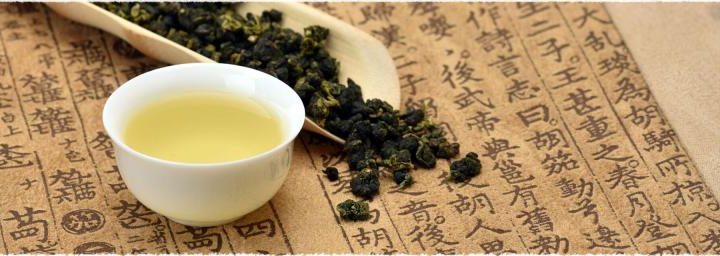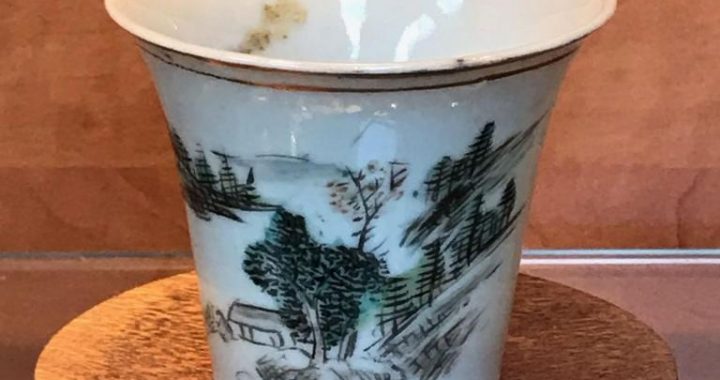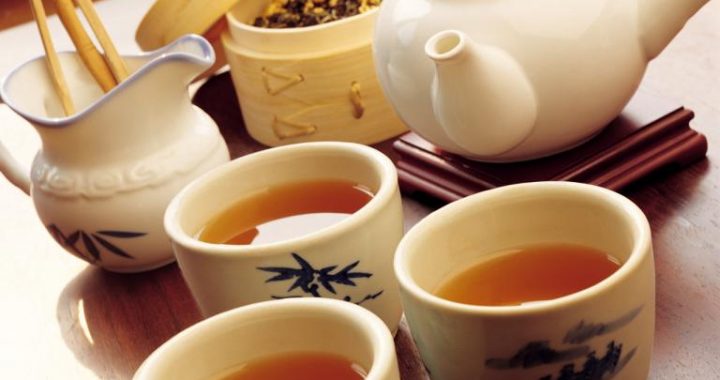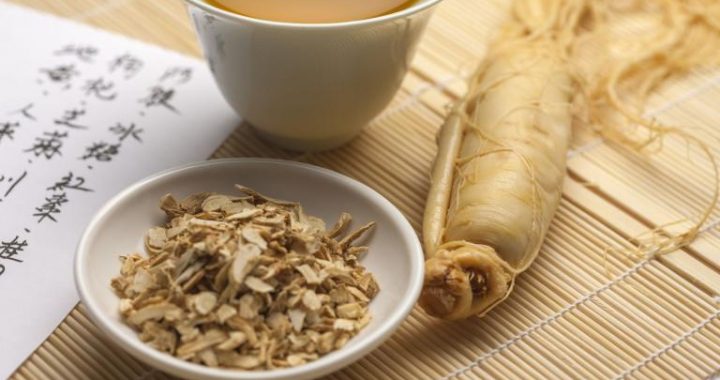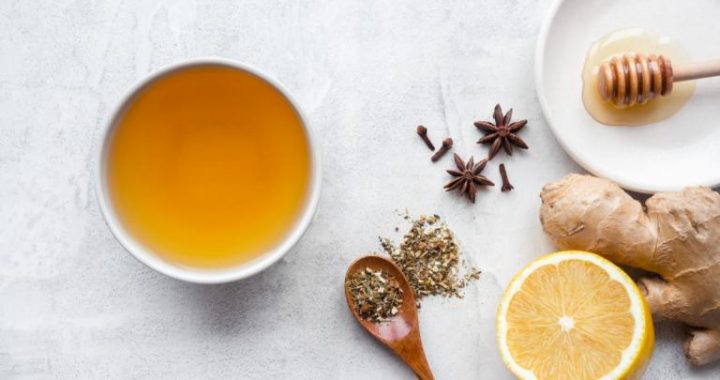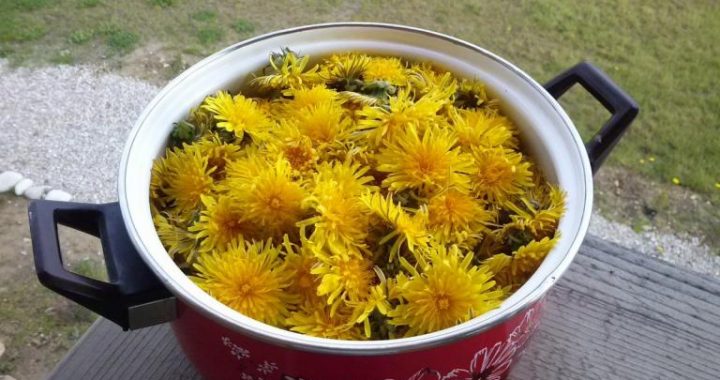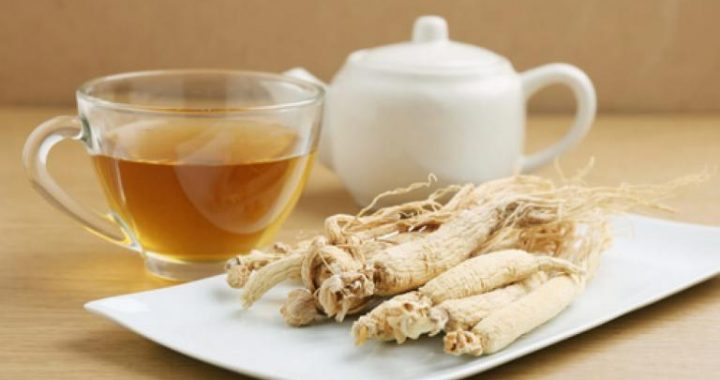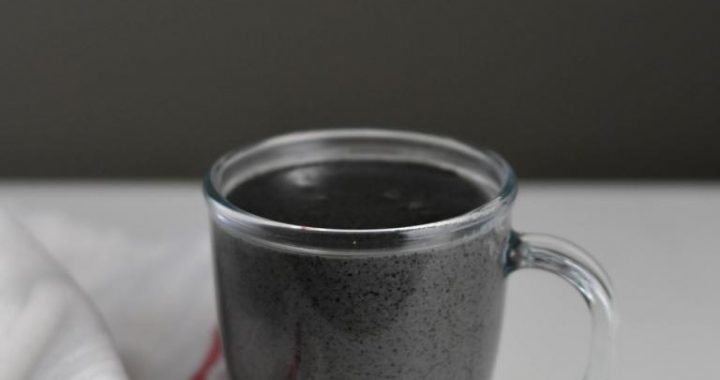The Prosperity of the old Tea houses
3 min readWhen the Yuan dynasty began to rule China it cancelled the imperial examinations, which made many intellectuals lose the only way of heightening themselves; most of the men of letters such as the famous composer Guan Hanqing had to live on selling their works but still was out at the elbows. Therefore, the men of letters generally had a close relationship with the teahouses. In addition, since the Mongolians didn’t emphasize the unnecessary formalities in tea drinking but loved to pour water on tea leaves directly, thus loose tea began to be popular, which not only popularized tea drinking but also promoted the development of teahouses greatly.
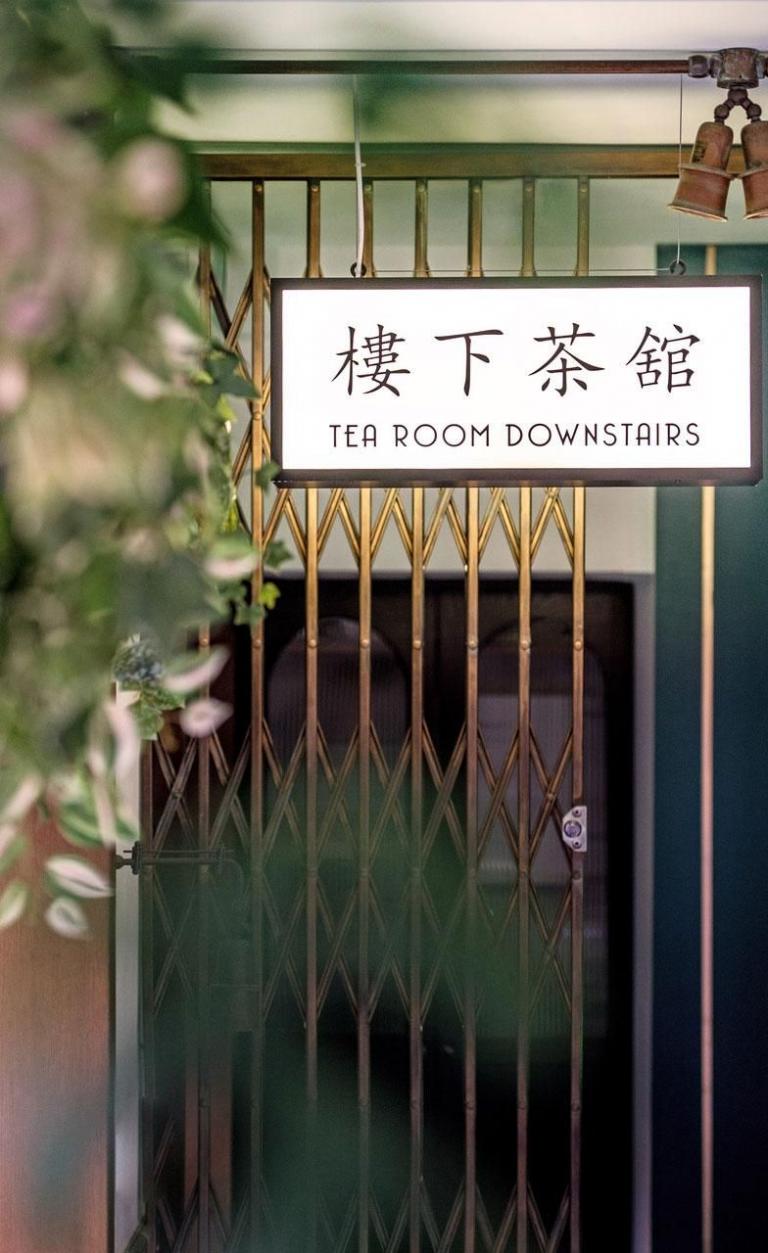
The teahouses in the Ming dynasty (1368~1644) underwent some obvious changes from the ones of the early dynasties, among which the most important one was that there appeared the different classes of teahouses. There were both the common teahouses that open to the average people and the top grade teahouses to cater to the men of letters and the scholars. But the latter one was more exquisite andelegant than the former one, and they also had strict requirements towards the water, tea and tea utensils. In addition to serving tea, the teahouses in the Ming dynasty also supplied various tea and pastries, which in the book of The Plum in theGolden Vase alone there mentioned as many as ten kinds or so of that. Since the Yuan dynasty and the Ming dynasty, folk arts prevailed. In the north, story-telling with drum and simply storytelling were performed in teahouses, while in the south balladsinging was very popular in teahouses, which was kind of booster for the prosperity of light literature in the Ming dynasty.
In the Ming dynasty, the folk culture also prospered. With such social background, the teahouse culture of the Ming dynasty exhibited its popularity as we11.-In the late Ming dynasty there appeared the large-bowl tea on the streets of Beijing that catered to the common people. The coexistence of elegance and commonness broke the bondage of teahouses and attracted people of all walks, thus enabled the teahouses to maintain their own vitality, which also showed the openness and inclusiveness of teahouse culture.
The teahouses matured in the Qing dynasty(1616~1911), and the reasons behind were the factors of social economy and its social structure. During the time when Manchu ruled the country, the Manchus en joyed privileges. During the peaceful time, they idled and frequented the tea and alcohol shops quite often, which promoted the prosperity of teahouses. During the Qing dynasty, teahouses spread all over the country, and the amount of teahouses reached an unprecedented record. According tothe statistics, there were as many as several dozens famous teahouses in Beijing, and the ones in Shanghai doubled that of Beijing. As for the well-known tea production place Hangzhou, there were really rows upon rows of teahouses; around the West Lake, there was almost one teahouse in every few steps. This kind of situation was reflected well in the 14th chapter of “Ma xiucai encountered immortal in cave” in the Unofficial History of the Scholars written by Wu Jingzi in the Qing dynasty.
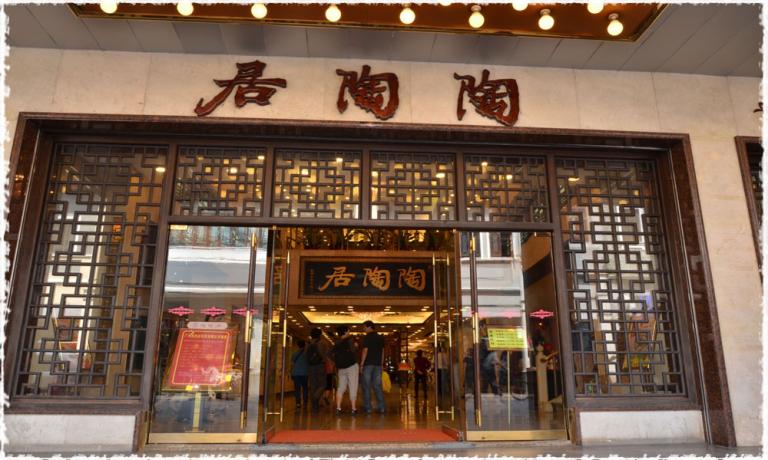
The prosperity of folk teahouses in the Qing dynasty even affected the palace.
During Qianlong reign, in every lunar new year, the court would set a bazaar in the Tongle Garden in the east of Fuhai sea in Yuanming Yuan, in which there were the teahouses that vividly imitated the ones in the common cities. From this we could see how great the attraction and the influence of teahouses were. Till that time we would find that the teahouses in the Yuan dynasty had become an epitome of social life. Compared to the ones in the Tang dynasty and the Song dynasty, the teahouses were more prone to diversification.
